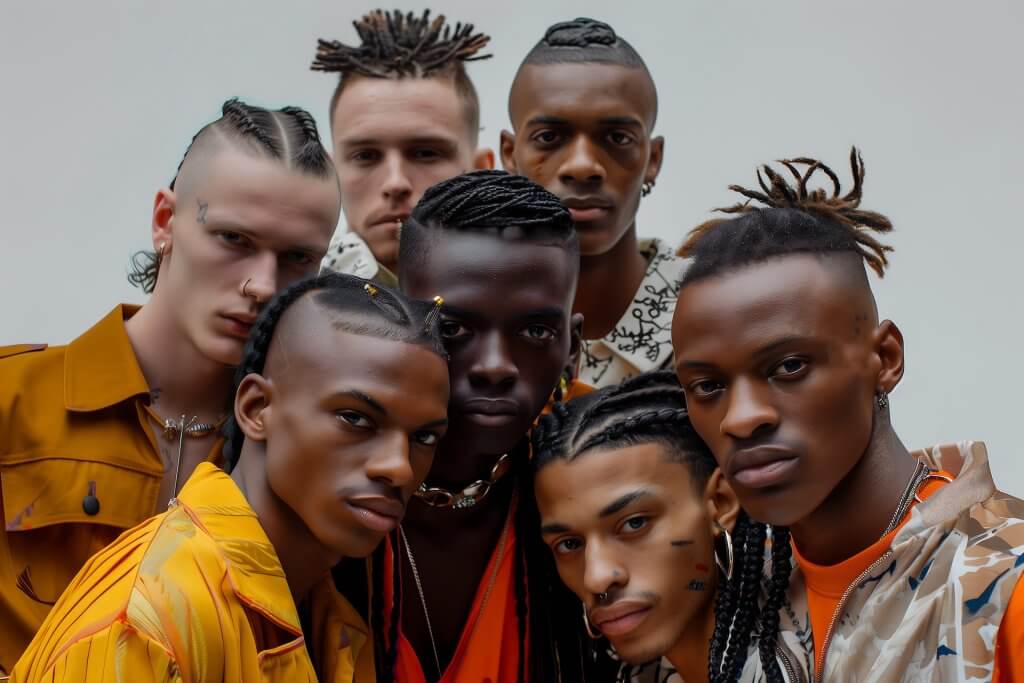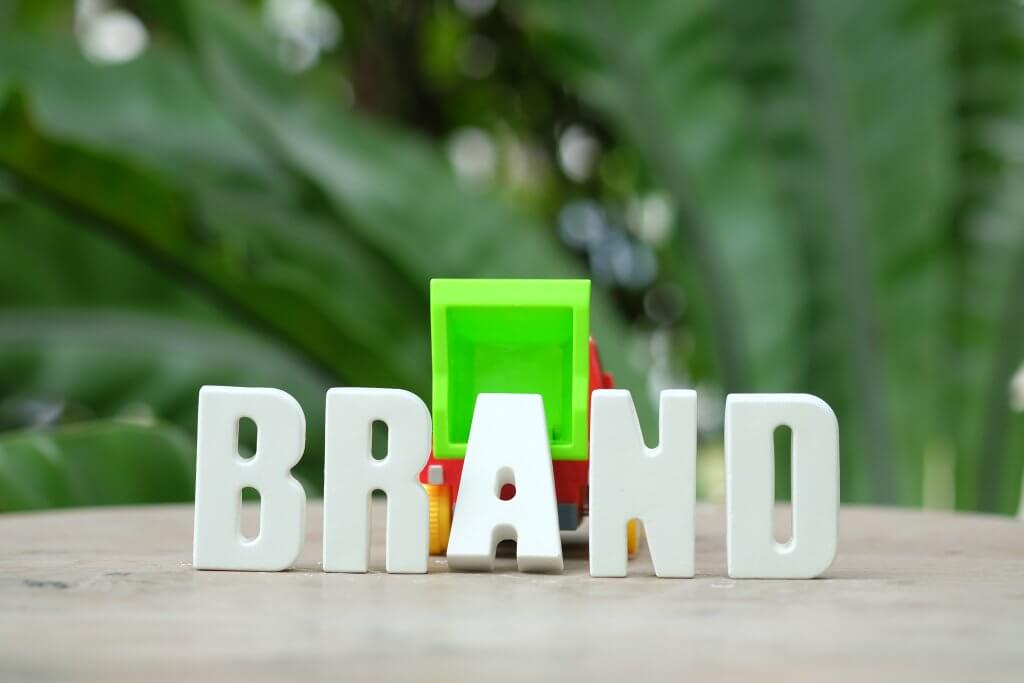The Psychology of Color in Branding and Advertising
The world of marketing is highly competitive, and making a good first impression is crucial. One strategic element that can capture the attention of consumers is the use of color. The psychology behind color in branding and advertising goes beyond aesthetics and has a subconscious impact on human emotions and decision-making.
This article delves into the details of color psychology and how it can be utilized by businesses to create a strong and memorable brand identity.
- Color’s Influence on Emotions: Colors have the power to evoke emotions and shape perceptions. For example, warm colors such as red and orange are often associated with energy, passion, and excitement, making them suitable for brands that want to convey a sense of urgency or stand out in a crowded market. On the other hand, cooler tones like blue and green are linked to calmness, trust, and reliability, making them a good choice for brands aiming to establish a sense of security and stability.
- Cultural and Contextual Factors: While some colors may have universal associations, it’s crucial to consider cultural and contextual variations. For instance, the color white may symbolize purity in Western cultures, but in some Eastern cultures, it is associated with mourning. Understanding these nuances is important for effective communication and avoiding unintended misinterpretations.
- Building Brand Identity: Choosing the right color for a brand goes beyond personal preferences; it should align with the brand’s values, target audience, and industry. Consistency in color usage across various brand elements, such as logos, packaging, and marketing materials, helps to create a cohesive and recognizable brand identity. This consistency contributes to brand recall and strengthens the emotional connection between the brand and its audience.
Many successful brands have effectively utilized color psychology, such as Coca-Cola’s vibrant and energetic red, which evokes excitement and passion, or Facebook’s calming blue, representing trust and reliability. These examples demonstrate the strategic use of color to reinforce brand messaging and leave a lasting impact on consumer perception.
In conclusion, the psychology of color in branding and advertising is a powerful tool that can significantly influence consumer behavior. By understanding the emotional and cultural associations of different colors, businesses can strategically use hues to convey their message, evoke specific emotions, and establish a strong and memorable brand identity. As the marketing landscape evolves, the deliberate use of color remains a timeless and impactful aspect of brand communication.





